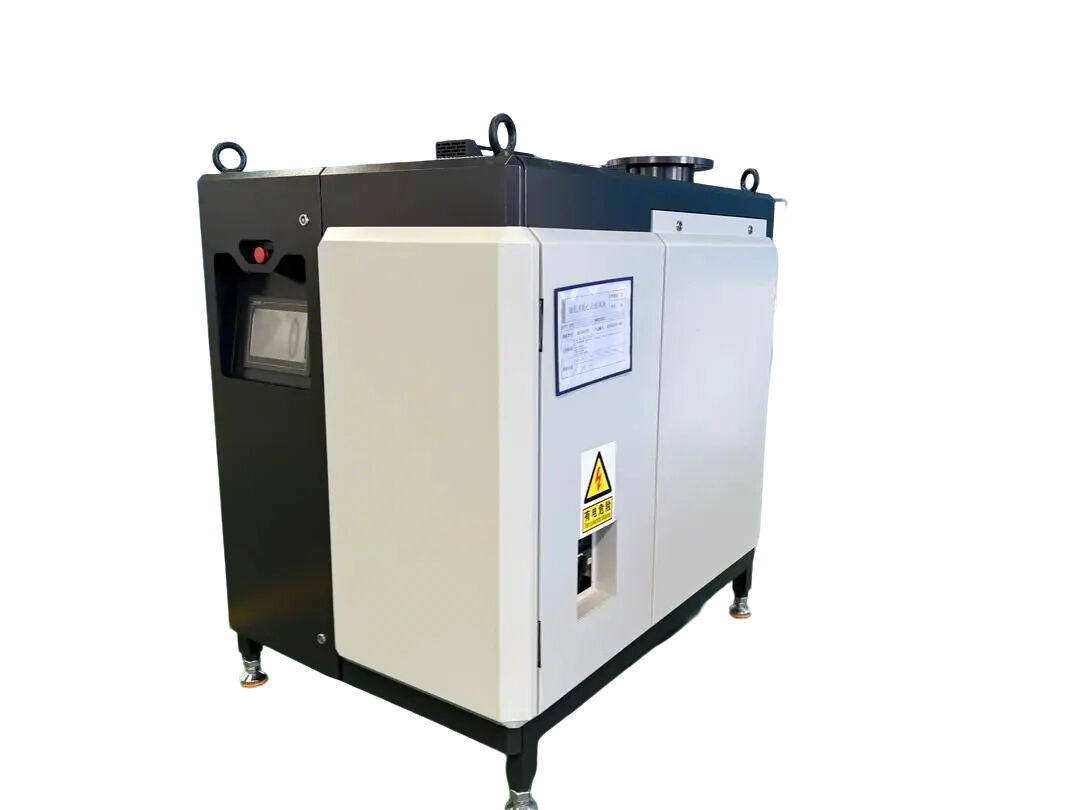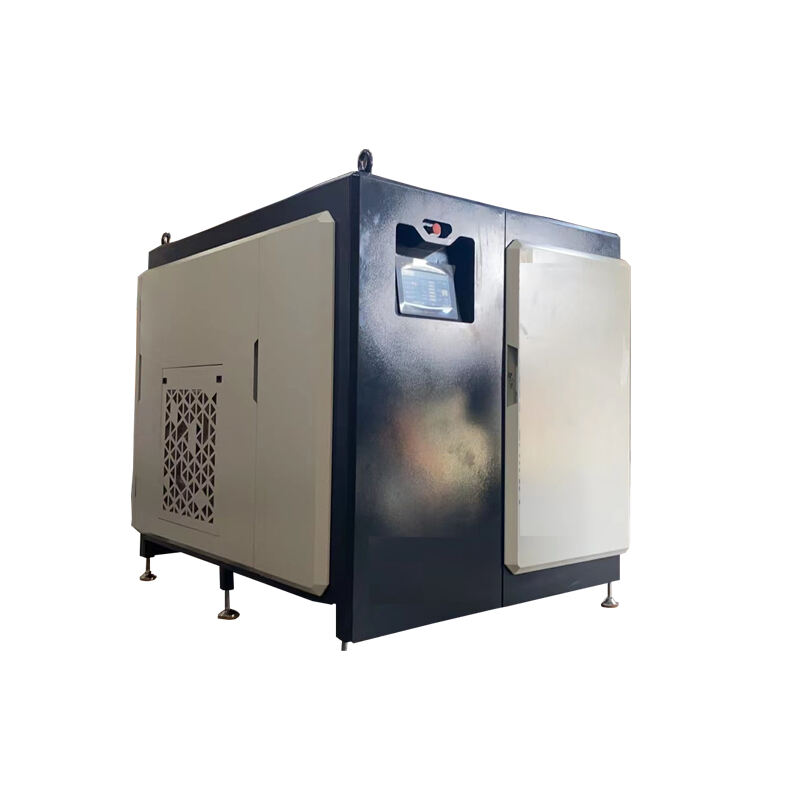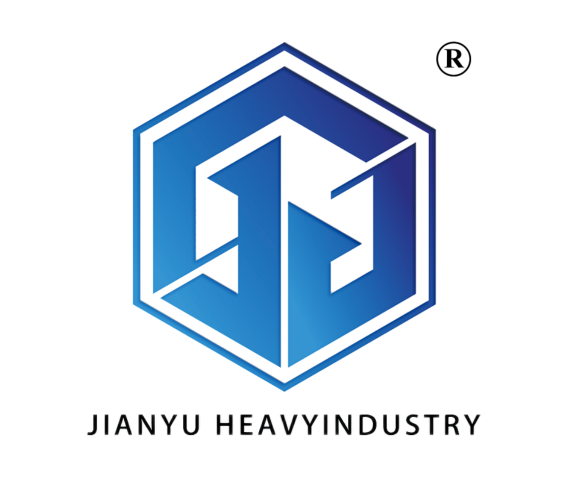aquaculture equipment
Aquaculture equipment represents the cornerstone of modern fish and aquatic organism farming, encompassing a comprehensive range of tools and systems designed for efficient aquatic production. This essential equipment includes water quality management systems, feeding mechanisms, monitoring devices, and containment structures. Advanced filtration systems maintain optimal water conditions by removing waste and maintaining proper oxygen levels, while automated feeding systems ensure precise nutrition delivery. Temperature control units regulate the aquatic environment, creating ideal conditions for species-specific growth. Modern aquaculture equipment also incorporates real-time monitoring technology, allowing farmers to track crucial parameters such as pH levels, dissolved oxygen, and ammonia concentrations. The equipment's design prioritizes durability and efficiency, utilizing corrosion-resistant materials suitable for prolonged underwater use. Integrated control systems enable remote operation and monitoring, reducing labor requirements while improving operational efficiency. These systems often feature emergency backup mechanisms to protect valuable stock during power outages or system failures. The equipment's modular nature allows for scalability, making it suitable for operations of various sizes, from small-scale farms to large commercial facilities.



